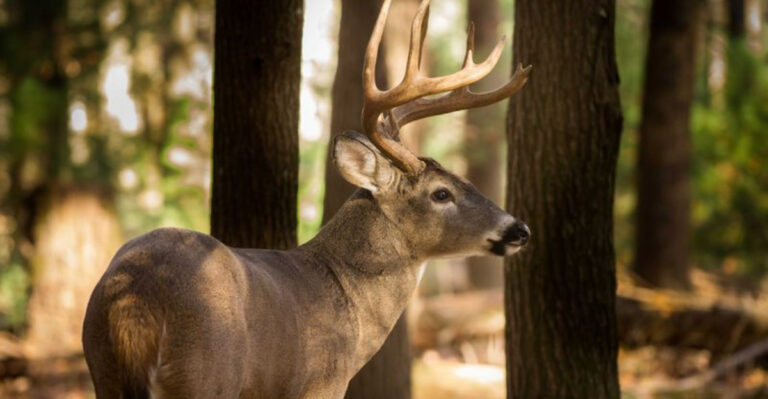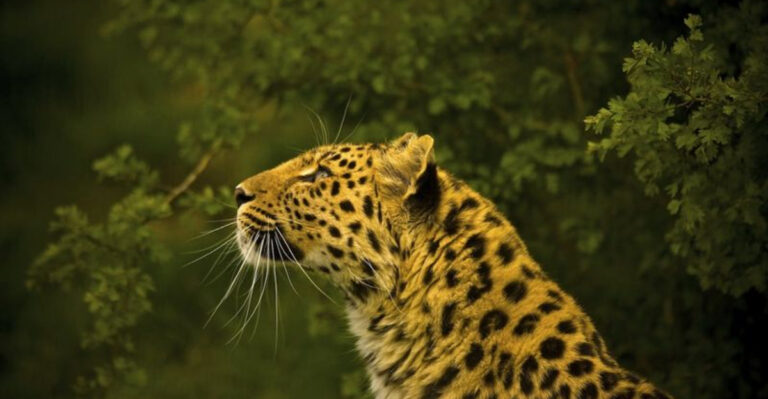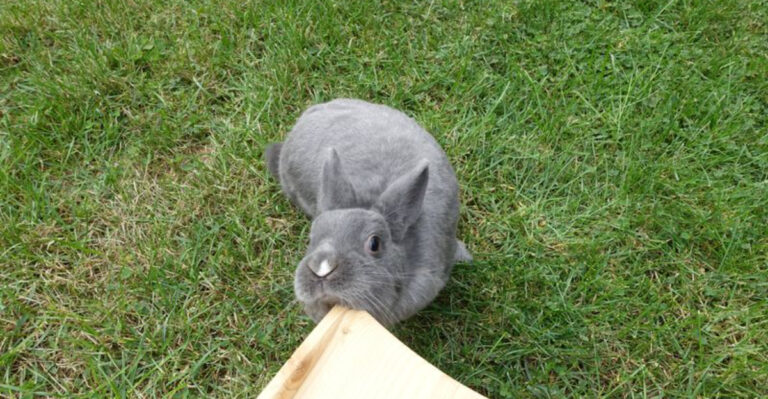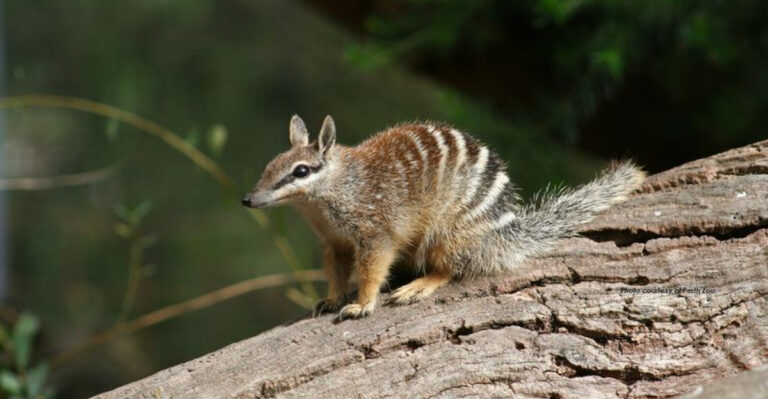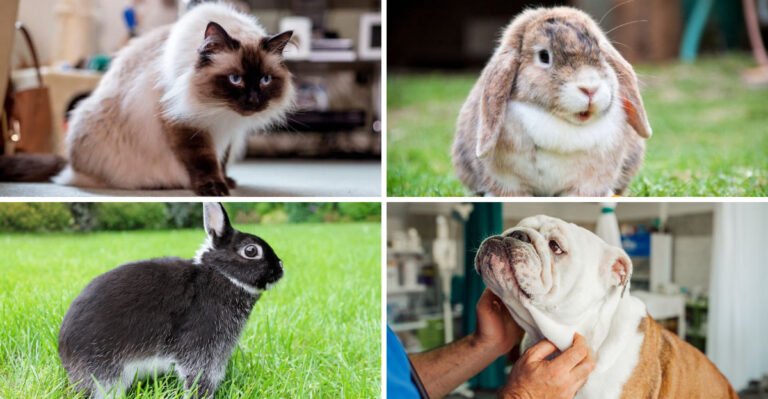15 Fascinating Ways Bison Protect Each Other In Herds
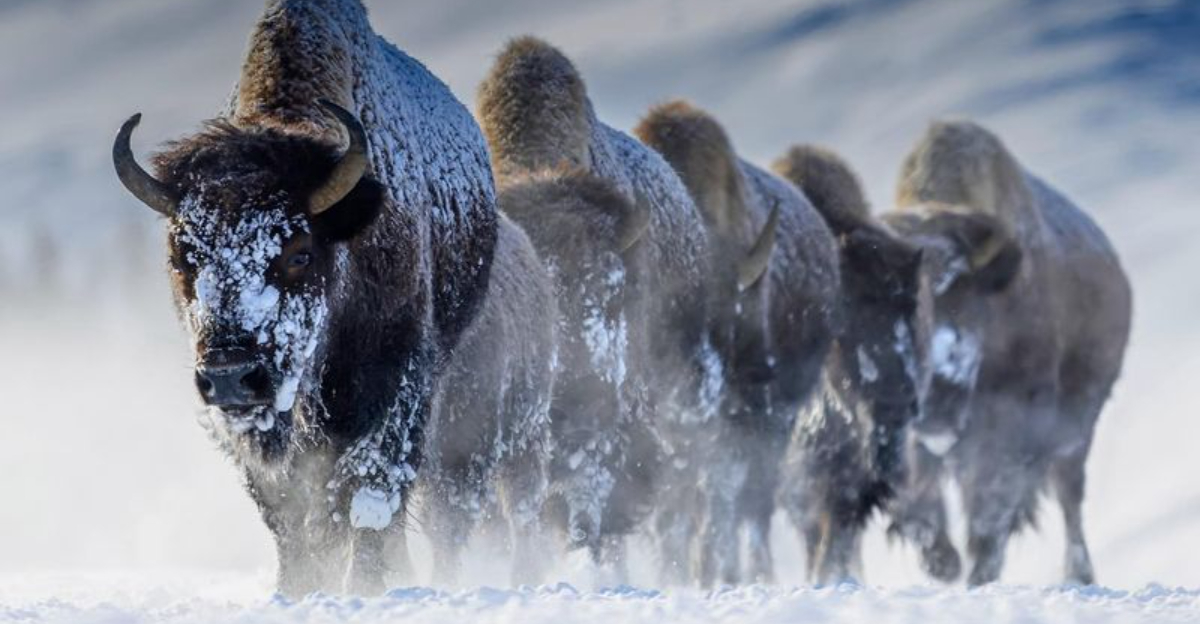
Ever wondered how those massive, shaggy beasts on the prairie keep themselves safe? Bison, the largest land mammals in North America, have developed impressive strategies to protect their herds from predators and harsh conditions.
Their survival tactics showcase not just brute strength, but remarkable intelligence and social organization that has helped them thrive for thousands of years.
1. Circle Of Safety
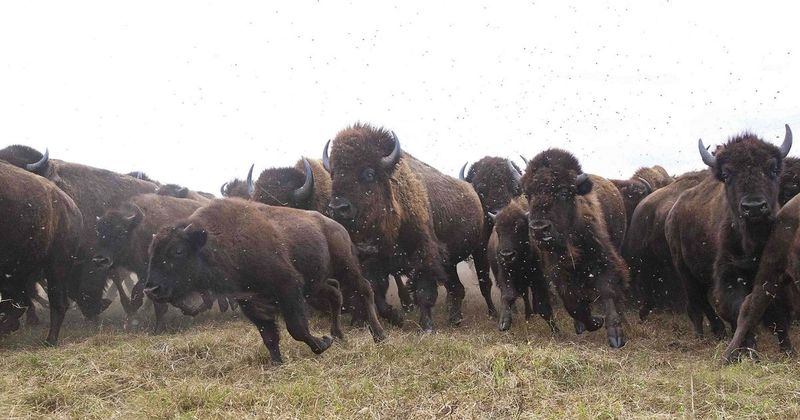
When danger approaches, bison don’t scatter like scared chickens. Instead, they form a tight circle with calves tucked safely in the middle. The adults face outward, creating a formidable wall of horns and muscle.
This protective formation makes predators think twice before attacking. With adult bison weighing up to 2,000 pounds, even hungry wolves reconsider their dinner plans!
2. Rotating Guards
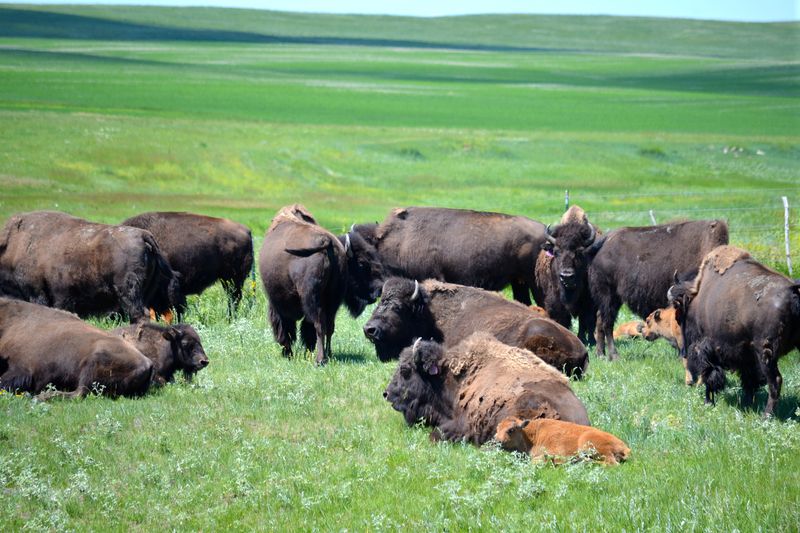
Talk about neighborhood watch! Bison herds have members that take turns serving as lookouts while others graze or rest. These vigilant guards position themselves at the herd’s edges, scanning constantly for threats.
When a sentinel spots danger, they alert the entire group with specific body language. This rotation system ensures everyone gets to eat while maintaining constant surveillance against sneaky predators.
3. Stampede Synchronization
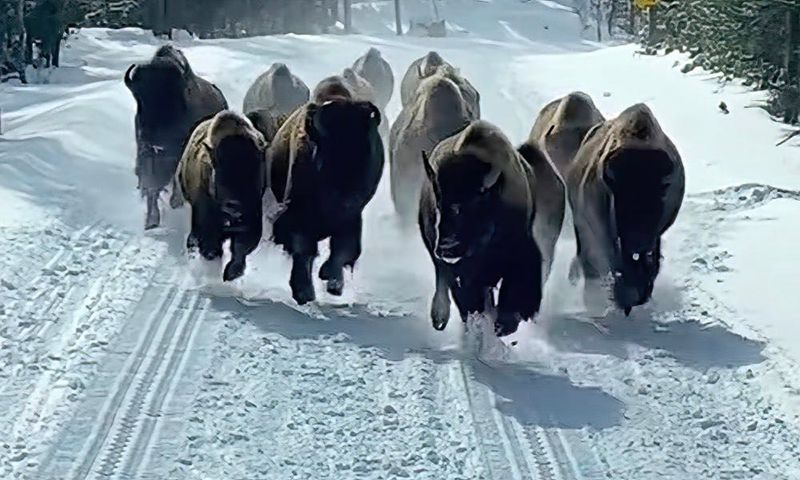
Running together is smarter than running alone! When fleeing predators, bison coordinate their movements with surprising precision. The herd moves as one unified force, making it nearly impossible for predators to isolate individuals.
Young calves stay alongside their mothers during these high-speed escapes. The thundering sound and massive dust clouds from their synchronized stampede often intimidate predators into giving up the chase altogether.
4. Weather Shields
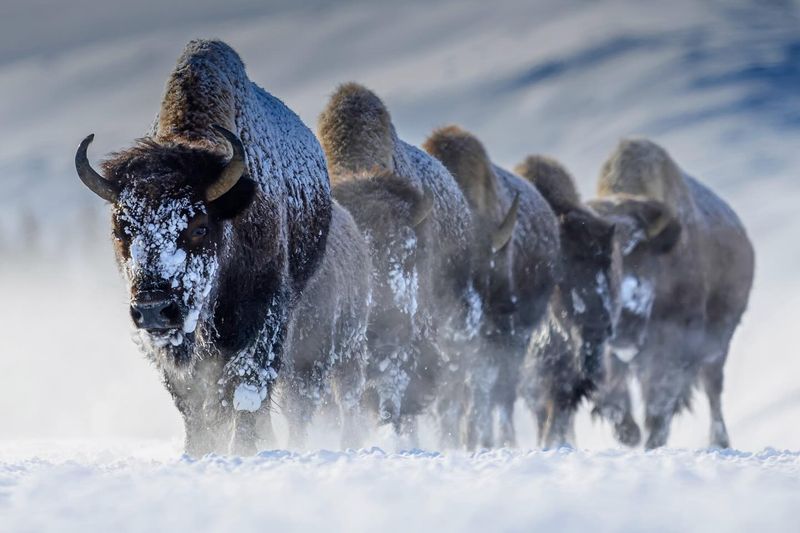
Blizzards don’t scare these woolly giants! During harsh winter storms, stronger bison position themselves as windbreaks for weaker members.
Their thick fur and massive bodies block biting winds and create pockets of relative warmth. The herd will often rotate positions, allowing those who’ve been blocking the wind to move to more sheltered spots.
5. Defensive Charges
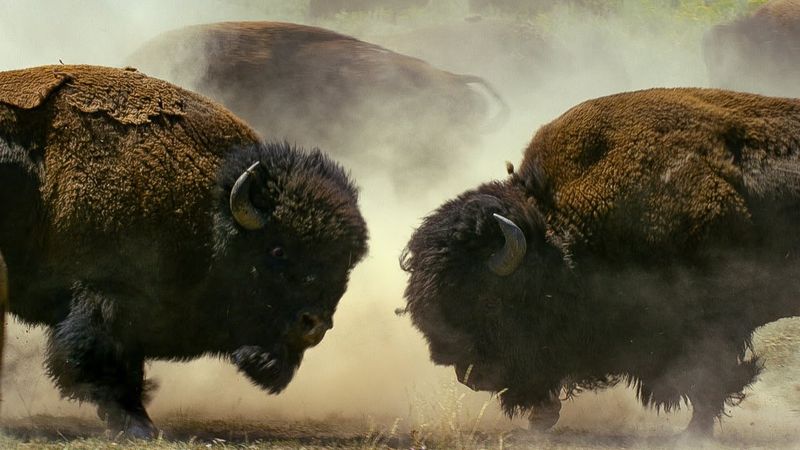
Got a problem with a wolf pack? Send in the heavyweights! Dominant bison charge at predators with speeds reaching 35 mph, faster than Olympic sprinters.
Often, multiple bison coordinate these maneuvers, creating confusion and making predators rethink their attack plans.
6. Vocal Warning Systems
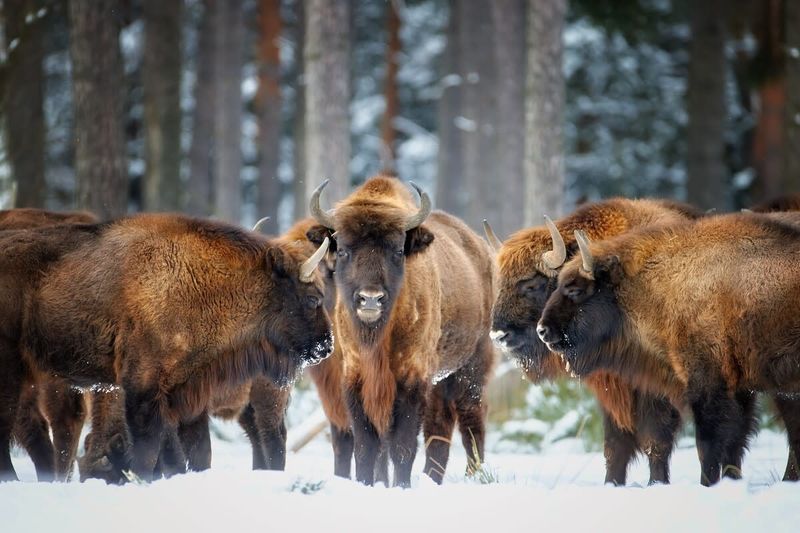
Forget car alarms – bison have their own alert system! They communicate danger through a series of grunts, snorts, and bellows that carry specific meanings to other herd members.
These warning calls can indicate not just the presence of danger, but its type and direction. Young bison learn to recognize these sounds from birth, responding immediately when alerts sound.
7. Babysitting Brigades
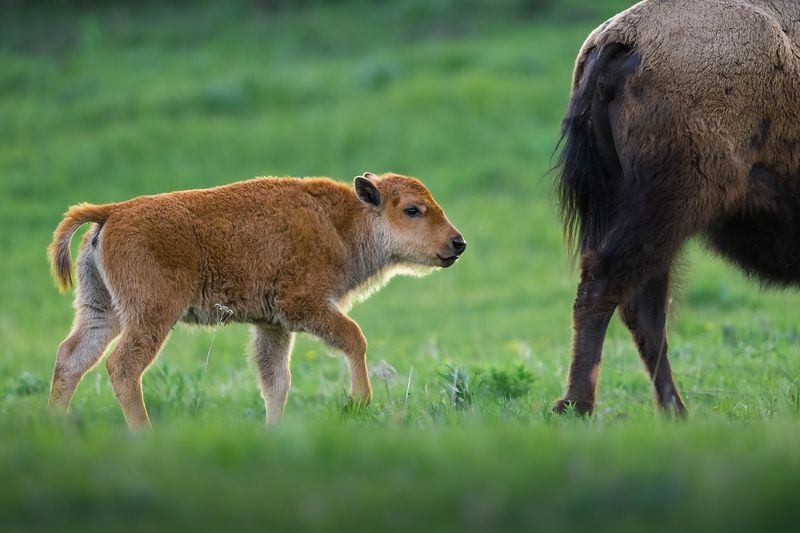
Adult females often form “nursery groups” where they collectively watch over all the calves while other mothers graze. This tag-team approach ensures youngsters are always protected.
These babysitting brigades allow mothers to take turns feeding while maintaining constant supervision. When danger approaches, these guardian females become fiercely protective, forming a united front that few predators dare to challenge.
8. Strategic River Crossings
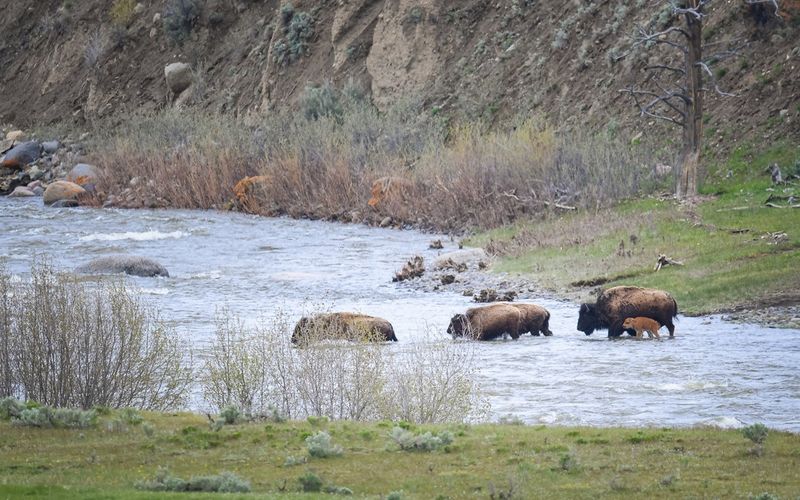
River crossings can be deadly, but bison have mastered them. The strongest swimmers lead, testing currents and finding the safest crossing points.
Weaker members follow the cleared path, with young calves swimming between adults who break the current. The herd stays close together, ensuring no one gets separated and swept downstream where predators might wait.
9. Heat Protection Huddles
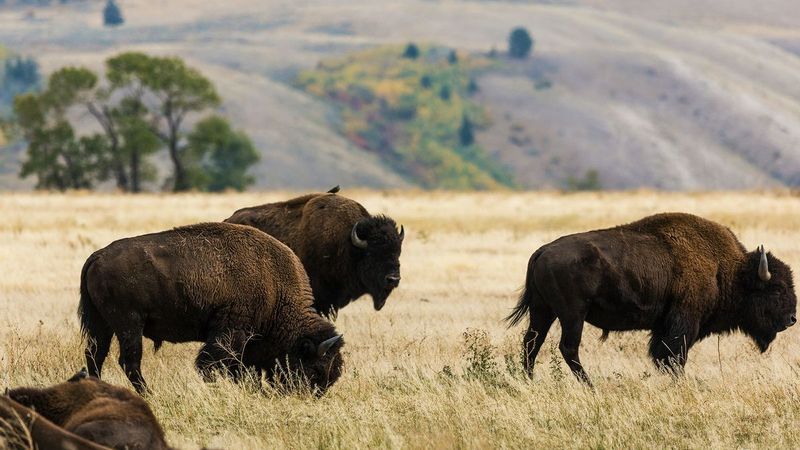
During scorching summer days, bison form special groupings that create shade for vulnerable members. They’ll position themselves to cast shadows over calves and elderly bison.
The herd also coordinates visits to watering holes, with stronger members forming protective barriers around drinking areas. This teamwork ensures everyone stays hydrated without becoming vulnerable to ambush predators lurking near water sources.
10. Mud Bath Buddies
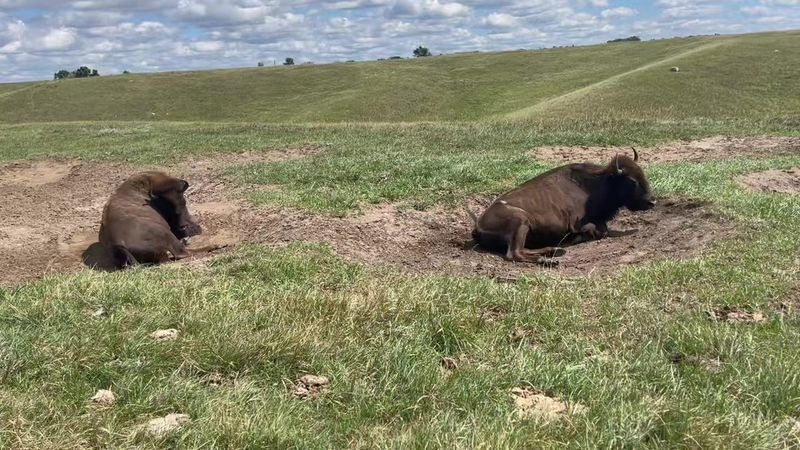
Bison take communal mud baths that serve multiple protective purposes. The mud creates a barrier against biting insects that could spread disease throughout the herd.
During these mud sessions, some members remain alert while others enjoy their treatment. The dried mud layer also helps regulate body temperature during extreme heat.
11. Grass Clearing Rotations
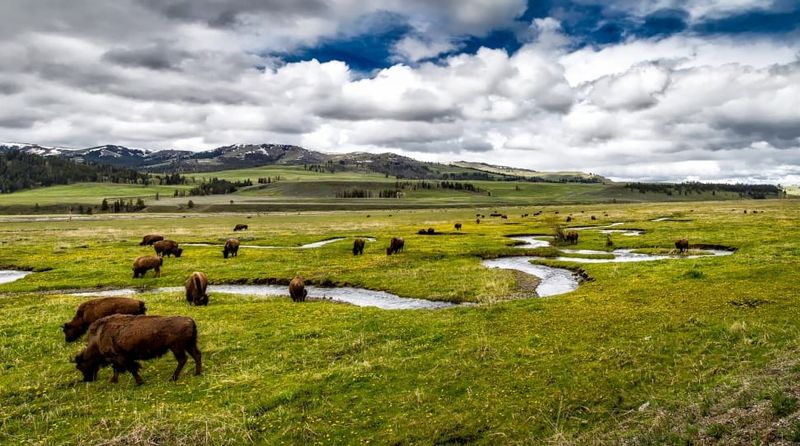
Mealtime is safer with a system! Bison take turns grazing and watching for danger, ensuring everyone gets to eat without lowering the herd’s defenses. This rotation method keeps heads raised and eyes scanning the horizon.
The herd moves through grazing areas methodically, with leaders testing unfamiliar vegetation first. This prevents mass poisoning from toxic plants and ensures sustainable food supplies.
12. Dust Bath Security
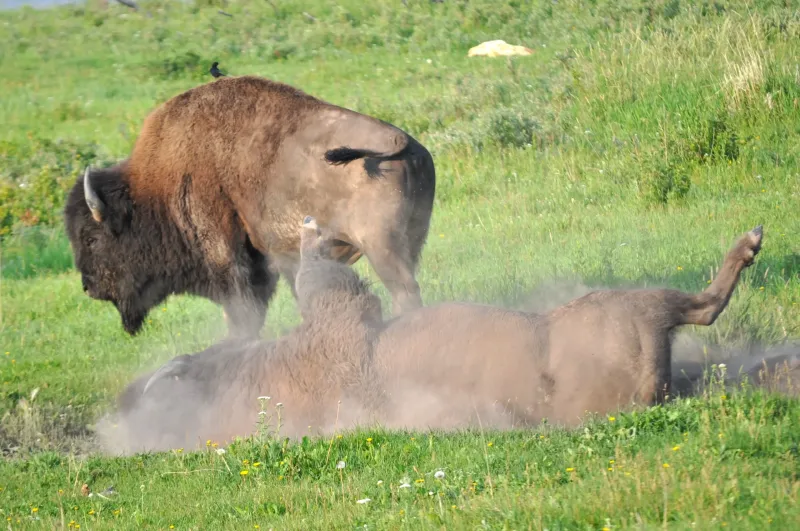
Rolling in dirt isn’t just fun – it’s tactical! Bison take turns enjoying protective dust baths while others stand guard. These dust clouds help dislodge parasites and create a protective layer against biting insects.
The locations chosen for dust baths are strategic – always in areas with good visibility and escape routes. While some roll happily, others maintain a protective perimeter, ensuring these vulnerable moments don’t become opportunities for predators.
13. Migration Formations
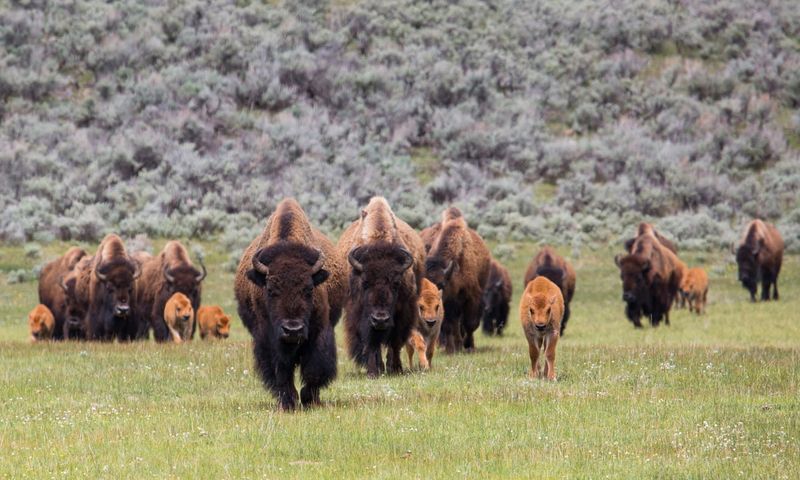
Road trips are safer with a plan, and bison have theirs figured out! During seasonal migrations, they arrange in specific formations with the strongest at vulnerable points.
Older bulls often lead and trail the herd, while calves and pregnant females travel in the protected middle. This carefully coordinated movement pattern ensures safety, allowing the herd to cover vast distances with constant protection.
14. Coordinated Defense Training
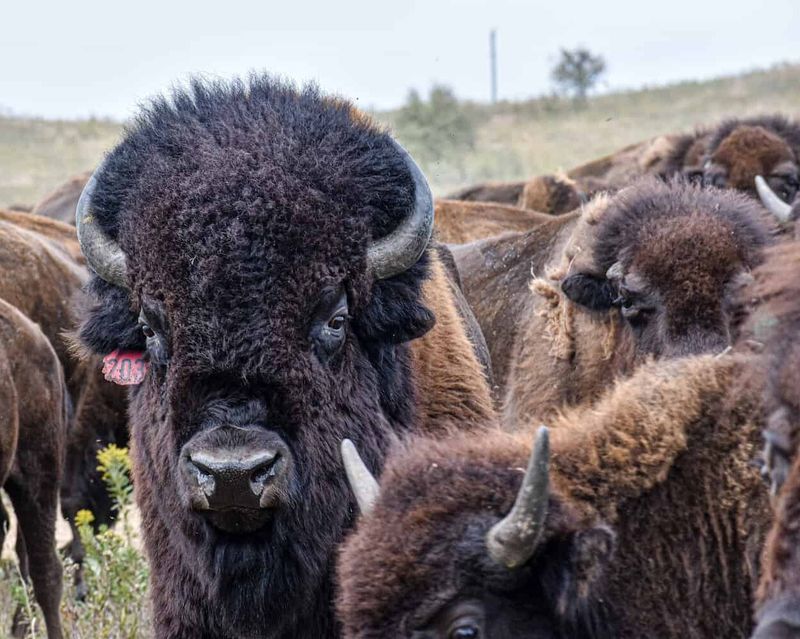
Young bison undergo nature’s boot camp, where juvenile males engage in play-fighting to develop crucial defensive skills. Experienced adults supervise these mock battles, stepping in if things get too intense.
Calves learn defensive positioning by observing their mothers and receiving gentle nudges. This natural training ensures each generation masters the protective behaviors that have kept bison herds safe for centuries.
15. Sleeping Protection Patterns
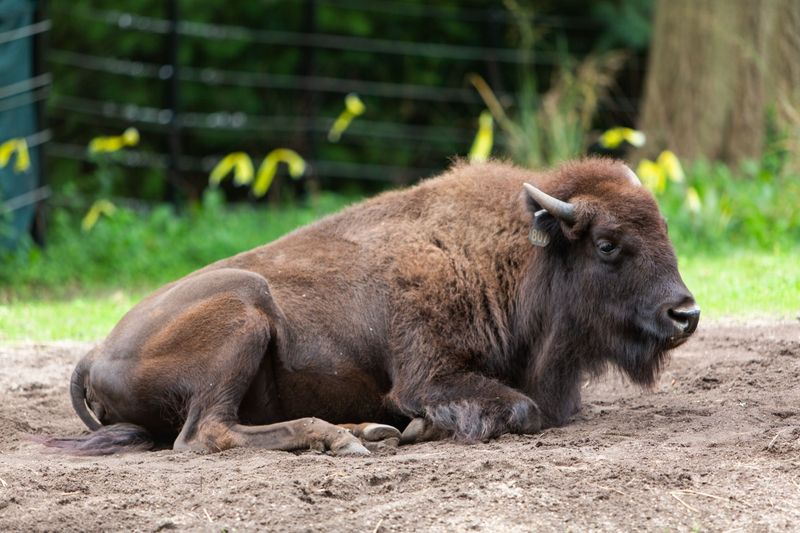
Even naptime follows safety protocols! Bison arrange themselves in specific patterns while resting, with some members always remaining alert. They typically sleep in staggered shifts, ensuring constant surveillance.
The herd positions itself strategically for rest periods, favoring elevated areas with good visibility. Vulnerable members sleep surrounded by more vigilant adults.

